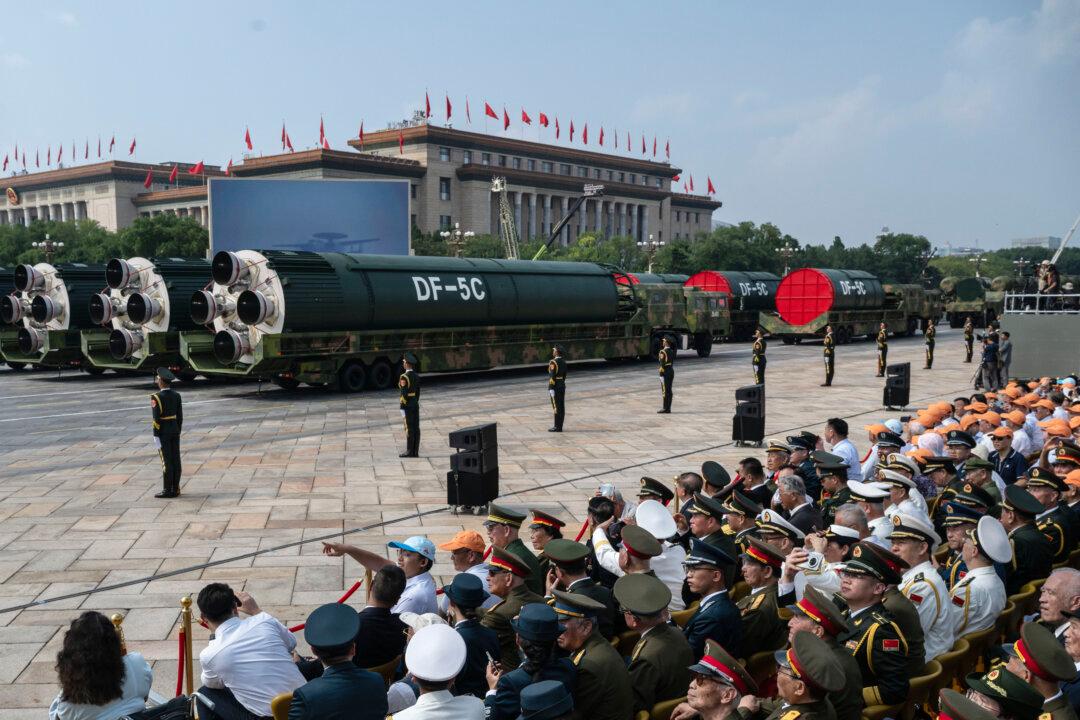If the United states chooses to eliminate its land-based missiles, as arms control advocates have proposed, it would dramatically and dangerously simplify an adversary’s targeting calculus. The United States would be reducing more than 500 distinct American based nuclear-related targets—including 450 Minuteman silos and 48 launch control centers spread across five American states—down to only five continental U.S. targets—three USAF bomber bases, and at most two submarines bases—and only roughly 10 targets if U.S. submarines at sea were included.
Introduction
Modernization of the U.S. strategic nuclear deterrent will require multiple decades to complete. To sustain such an effort, a bipartisan consensus needs to continue annually, regardless of who controls Congress or the presidency.To succeed at its best, a nuclear modernization effort should be combined with a measurable, but verifiable arms control agenda; either the continuation of existing arms control treaties, expanded arms control efforts, or both.





